Accelerating Circularity by Empowering Waste and Recycling Operations
The circular economy is changing how goods are produced, and business is done by focusing on material reclamation and recycling to eliminate waste. Circularity is a system that seeks to recover as much value as possible from product and resource consumption. This involves reusing, repairing, remanufacturing, and recycling end-of-life products and materials. It is a collaborative effort between businesses, governments, and consumers to drive more robust environmental and sustainability practices. The circular economy recognizes waste as a resource instead of a cost.
Digitalization is one of the essential next steps for accelerating circularity. By taking a data-driven approach to recycling operations, all involved can improve efficiency, reduce costs, and accelerate the environmental impact of their efforts. Everyone can benefit from a more data-driven approach to recycling, from waste generators to recycling management companies. Each participant can benefit and experience unique benefits that streamline operations while contributing to the circular economy by transforming how they approach sustainability.
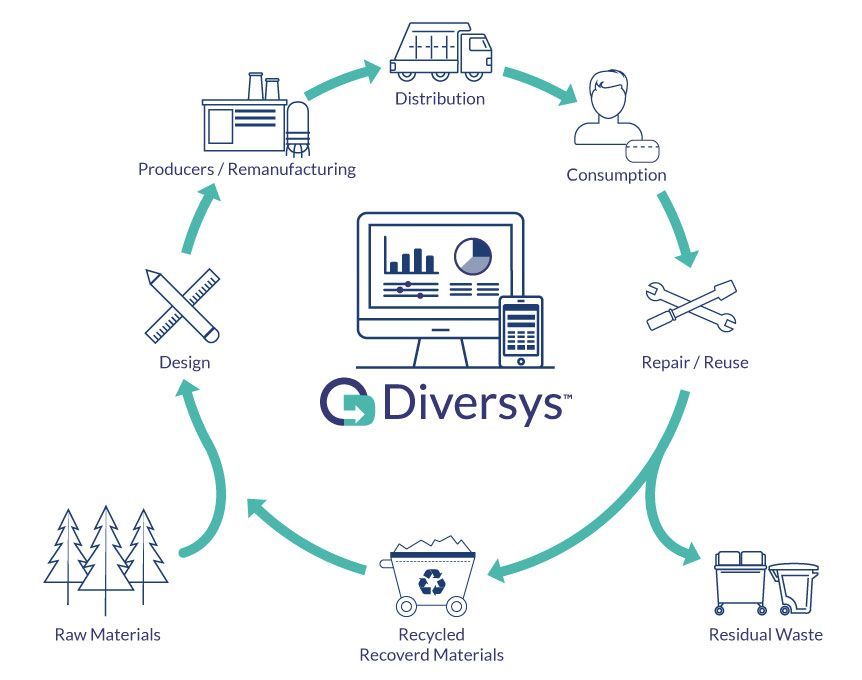
Several participants and stakeholders are leading the way in transforming consumption from a linear system of take-make-waste into a circular one. Each participant plays their part in driving greater sustainability practices, but accelerating the impact and adoption of circularity principles requires digitalization to foster greater collaboration while streamlining operations.
How Waste Generators Can Use Digital Solutions to Drive Circular Economy Initiatives
Waste generators create waste by using or disposing of products. They can be individuals, households, businesses or institutions. They have a responsibility to reduce their waste generation, separate their waste for collection and recycling, and depending on regional recycling programs and laws, they may be required to pay for the cost of waste management.
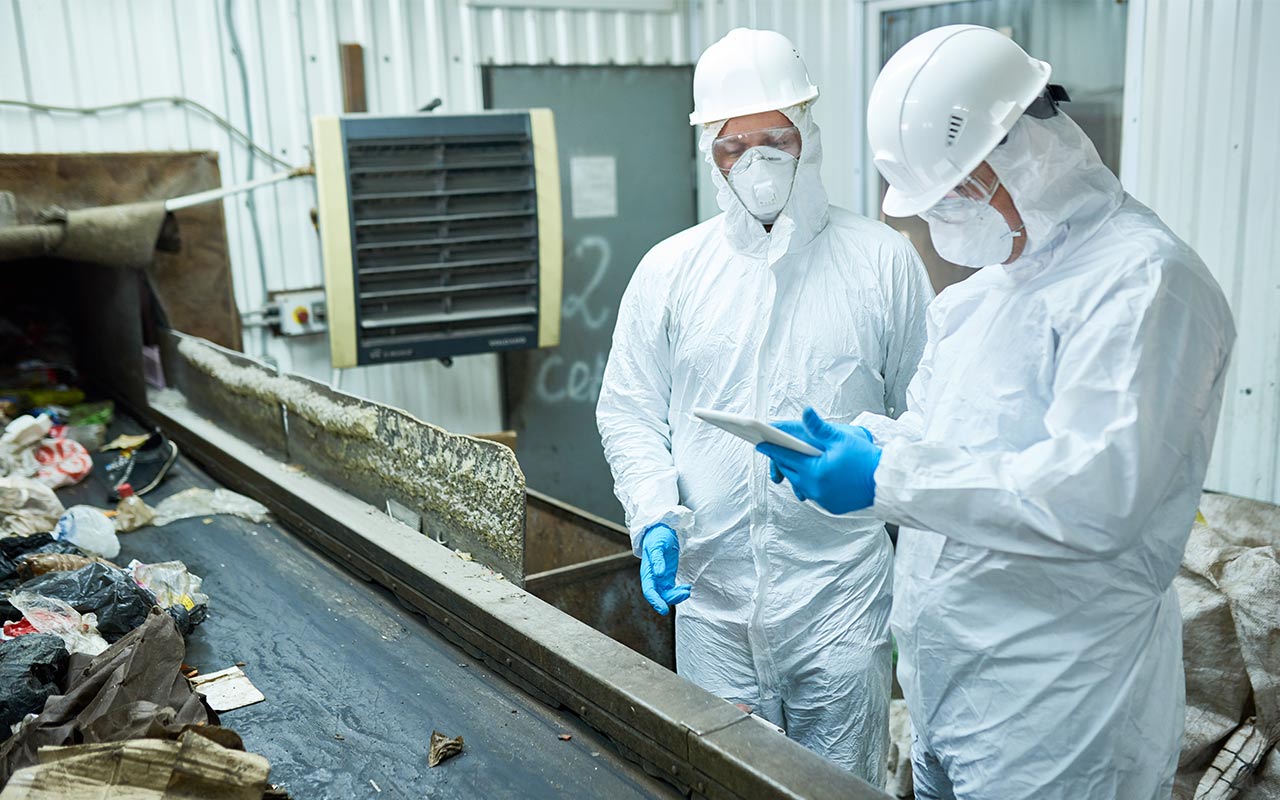
The traditional approach to waste management can be inefficient, costly, and not always environmentally friendly. Digital solutions could help waste generators address these obstacles while getting a detailed picture of their contributions to sustainability efforts. Data from recycling operations could allow waste generators to analyze, predict, and better manage recycling operations within their organization.
By leveraging technology, waste generators can enhance their contribution to the circular economy and drive better environmental and economic outcomes.
How Recycling Software Streamlines Recycling Operations so Producers can Meet EPR and ESG Standards
Producers design, manufacture, sell, or import products. They are responsible for ensuring their products are durable, repairable, reusable and recyclable. They can also offer sharing or take-back programs and, in some cases, provide drop-off locations to make it easier for consumers to responsibly dispose of waste such as batteries, electronics, and paint. Under Extended Producer Responsibility (EPR) legislation, producers are responsible for the costs of recycling their end-of-life products.
Recycling software can help producers meet compliance requirements for EPR and Environmental, Social, and Governance (ESG) standards, while demonstrating their environmental impact. By automating the tracking and reporting of product recycling activities, producers can work more closely with their partners to meet legal obligations and reduce the risk of penalties or fines for non-compliance. Digital transformation can also help producers identify areas to improve efficiency, reduce costs, and optimize their recycling operations.
Unlocking recycling lifecycle data by digitalizing means producers can better track the entire lifecycle of their products, from design to disposal. Additionally, by monitoring their products' impact on the environment and society, producers can demonstrate their commitment to sustainability and transparency and differentiate themselves from competitors who are not committed to the circular economy.
Digitalizing with Software to Drive More Efficient Operations for Recyclers
Recyclers collect, sort, and process waste materials to convert them into new products or raw materials. Recyclers can be private companies, social enterprises, cooperatives, or government-run. They are responsible for ensuring efficient, safe and environmentally sound recycling processes. They can also create new markets and demand for recycled materials. Numerous organizations participate in downstream recycling operations, including:

Waste managers
Waste managers provide waste collection, transportation and disposal services. They can be municipal governments, private contractors or public-private partnerships. They are responsible for ensuring that their waste management systems are reliable, affordable and compliant with regulations. They can also adopt best practices and technologies to improve operational efficiency, tracking, diversion rates and reduce greenhouse gas emissions.
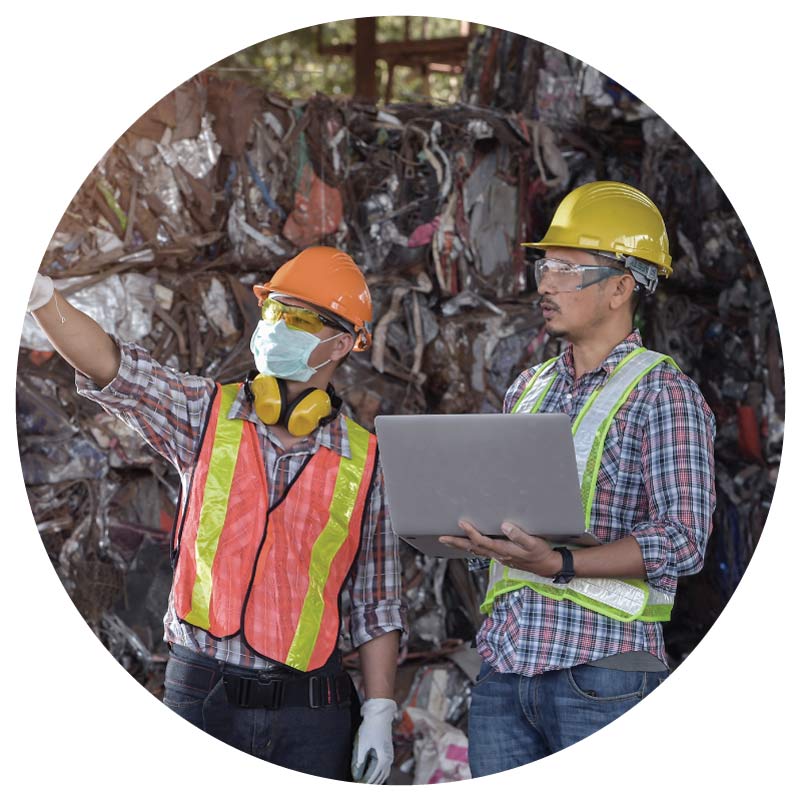
Processors
Processors transform recycled materials into new products or raw materials. They can be manufacturers, converters or fabricators. They are responsible for converting recycled materials into useable products that can be incorporated into new goods, or they may use recycled materials in their production processes. They can also innovate and develop new products or applications from recycled materials.
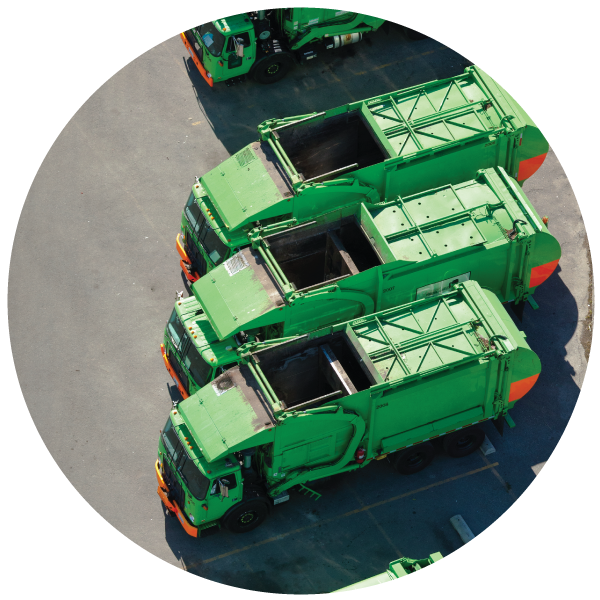
Transporters
Transporters move waste materials from one place to another. They can be truck drivers, rail operators or shipping companies. They must ensure safe, efficient, tracked, and low-carbon transportation methods. They can use digital solutions to optimize logistical management and reduce costs and emissions.
These recycling organizations can leverage recycling software to improve efficiency, better serve clients, and reduce costs. Recyclers can streamline their operations and reduce the risk of errors by automating processes such as material tracking, claims, and reporting. They can also use data to identify trends, optimize their sorting and processing methods, and increase recovery. Digital solutions can enable recyclers to offer more customized services to clients, such as real-time tracking of waste material movement or customized reporting.
Recycling software can also unlock program data for recyclers, allowing them to make data-driven decisions about their operations. By analyzing data on materials, costs, and performance, recyclers can identify areas for improvement, increase their diversion rates, and make their operations more sustainable. Additionally, data analysis can help recyclers identify new market opportunities and make more informed decisions about investments and partnerships.
Maximizing Program Effectiveness with Recycling Software for Better Stewardship

Stewards oversee, fund, and manage waste diversion programs for specific products or materials. They can be industry associations, non-governmental organizations, authorities, or producer responsibility organizations (PROs). They have a responsibility to ensure programs are effective, transparent and accountable. They can also collaborate with other stakeholders to harmonize standards and policies for waste diversion.
With digital solutions, stewards can collaborate with other stakeholders to harmonize standards and policies for waste diversion while eliminating redundant, manual data collection and entry processes. Access to quality, accurate data from operations means Stewards can identify and implement new best practices and strategies for waste diversion that benefit the environment and the economy.
Digitalization with recycling software can lead to better program management by standardizing data collection, enabling real-time reporting, and providing 360-degree visibility of regional program operations. Utilizing recycling software means Stewards can easily track and monitor programs, identify areas for improvement, make data-driven decisions, and efficiently enforce legislation.
Recycling Software for Producer Responsibility Organizations (PROs) to Streamline Program Administration

Producer Responsibility Organizations (PROs) operate waste diversion programs on behalf of producers. They can be non-profit entities or for-profit companies. They are responsible for collecting fees from producers based on their market share or product weight and then use those fees to pay for collecting and recycling their products under EPR. PROs are involved in logistical coordination across the various stages of the recycling supply chain. They can also educate consumers and businesses about proper disposal practices and recycling options.
Recycling software can help PROs track program lifecycles and ensure compliance with regulations on behalf of their clients, offering increased transparency and accountability. Recycling software can help PROs better manage their relationships with waste managers, recyclers, and transporters by streamlining processes such as material tracking, reporting, and auditing. Recycling software can also provide PROs with real-time visibility into the status of their programs, allowing them to make informed decisions about program management and optimization.
Recycling software can also help PROs standardize data collection and reporting. Digital solutions can make it easier for PROs to track and report on their waste diversion programs, ensuring they meet regulatory requirements and are transparent and accountable to their clients. With recycling software, PROs can drive better environmental and economic outcomes by offering increased visibility and data-driven decision-making.
Enforcing Compliance and Promoting Transparency with Recycling Software for Government
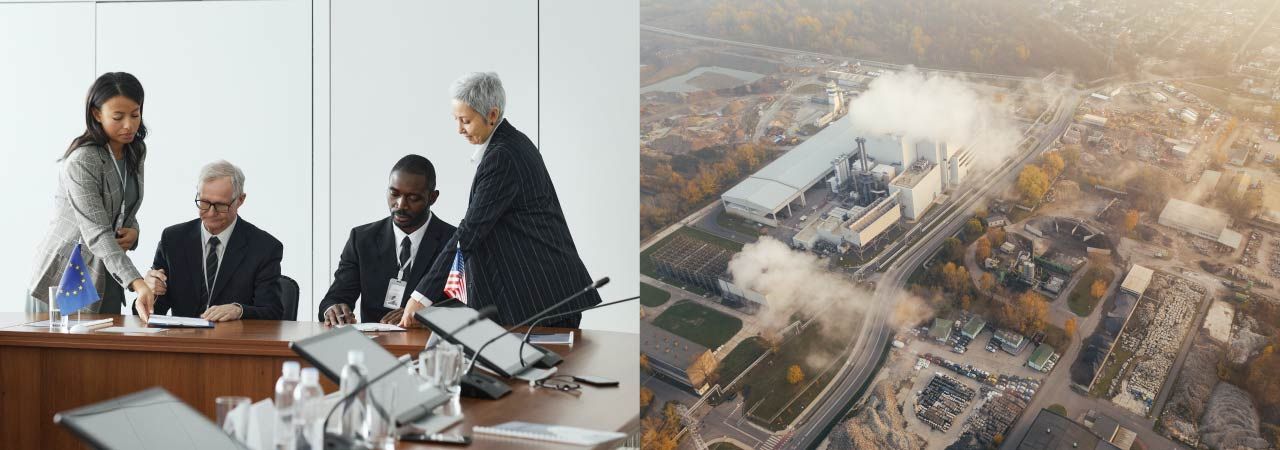
Governments set regional rules and regulations for waste management and recycling. It can be a federal, provincial, or municipal level of government. Government bodies are responsible for creating a level playing field for all participants, enforcing compliance, and monitoring performance. They can also provide incentives, support and guidance for circular economy initiatives.
Recycling software can help governments track, report, and monitor regional recycling programs for compliance and adherence to sustainability outcomes. It can offer real-time data visibility to inform decision-making and provide standardized data collection and reporting for improved transparency and accountability. By leveraging recycling software, governments can optimize their waste management and recycling operations, enforce regulations more effectively, and promote greater environmental stewardship.
Another significant benefit of recycling software for governments is the ability to track economic impacts. By collecting data on the costs and benefits of waste diversion programs, recycling software can enable governments to identify opportunities to improve efficiency and reduce costs. This can help maximize the economic benefits of recycling and ensure that programs deliver value for taxpayers.
Leveraging Recycling Program Data to Inspire Confidence

Consumers buy and use products. They can be individuals, households or businesses. They are responsible for making informed choices about the products they buy, using them wisely and disposing of them properly. They can also demand more sustainable products and services from producers and support circular economy businesses.
Recycling software and data from the circular supply chain can inspire consumer confidence in recycling programs and educate recycling best practices. When consumers are armed with more information about the products they purchase and how to recycle them properly, they are more likely to participate in recycling programs and make informed decisions that benefit the environment. Providing consumers with easy-to-access information about recycling programs and best practices can encourage more widespread participation in recycling efforts.
Accelerating Circularity with Digital Solutions for all Stakeholders

Digitalization is an essential step toward accelerating the transition to a circular economy. Recycling software solutions could empower waste and recycling operations, improve efficiency, reduce costs, and demonstrate environmental impact. Adopting digital technology by all participants in the circular economy can enhance their contribution to the circular economy, drive better environmental and economic outcomes, and enable them to differentiate themselves from competitors.
Recycling software can help stakeholders meet compliance requirements, track the entire lifecycle of their products, and offer more customized services to clients. Additionally, by monitoring their products' impact on the environment and society, participants can demonstrate their commitment to sustainability and transparency and differentiate themselves from competitors who may not be as committed to the circular economy. The circular economy is a way to reduce waste and minimize environmental impact, create new economic opportunities, and foster innovation. By leveraging data and analytics, recycling operations can become more efficient, and stakeholders can work together to create a more sustainable future.
Empowering Participants and Stakeholders in the Circular Economy with Diversys Recycling Software
One of the challenges recycling participants face is managing and optimizing data and workflows from such a complex and dynamic system. This is where Diversys can help.
Diversys is a cloud-based platform that provides end-to-end solutions for managing waste recycling operations. Diversys supports and empowers the participants and stakeholders in the circular economy by providing them with the tools, data, and insights they need to optimize their recycling programs.

Diversys is more than just a software company. We partner with recycling participants who want to embrace the circular economy and achieve sustainability goals. By connecting the dots between participants and stakeholders in the circular economy, Diversys enables them to collaborate more effectively, innovate more creatively, and impact sustainability.
Learn more about Diversys and how we help your organization become a circular economy champion with specialized cloud-based software. Visit https://diversys.com/solution.
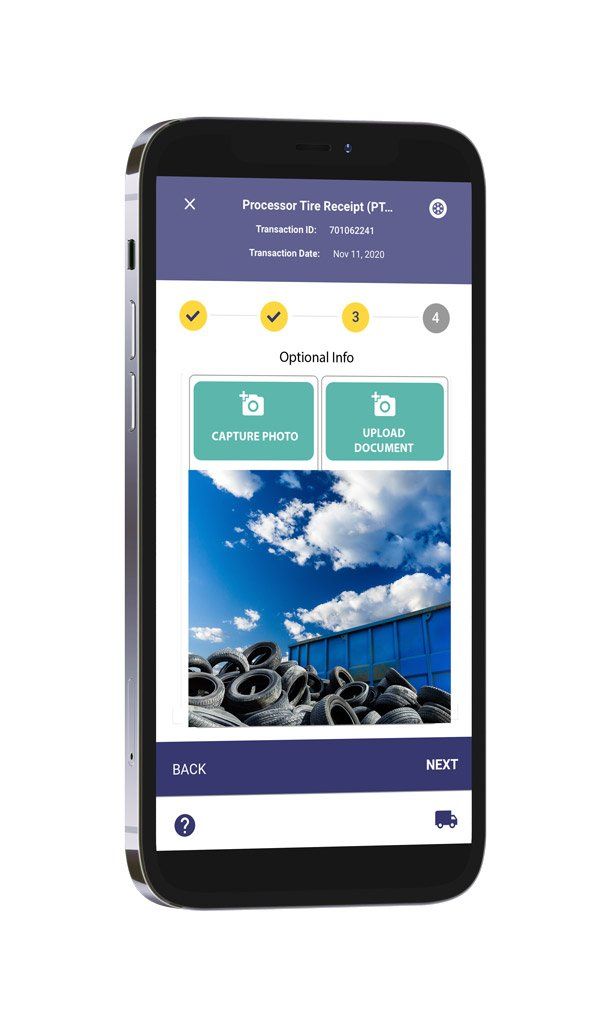
About Diversys
Diversys is proud to have its roots in Ontario, Canada - a province widely recognized for its leadership in EPR and sustainability. Since 2019, we've been dedicated to creating innovative software solutions that drive progress toward a world without waste.
Our story is a testament to the power of hard work, customer loyalty, and big ideas. We are committed to empowering organizations with the waste recycling software solutions necessary for achieving a sustainable future. Our cutting-edge software platform is helping organizations achieve their ESG goals, meet reporting obligations, and improve operational efficiency for their recycling programs.
Our commitment to delivering world-class solutions that drive meaningful progress towards waste reduction and a more sustainable future is unwavering. Our team of industry experts is ready to help you navigate the rapidly-evolving waste management landscape as we progress toward a circular economy.
Knowledge Center
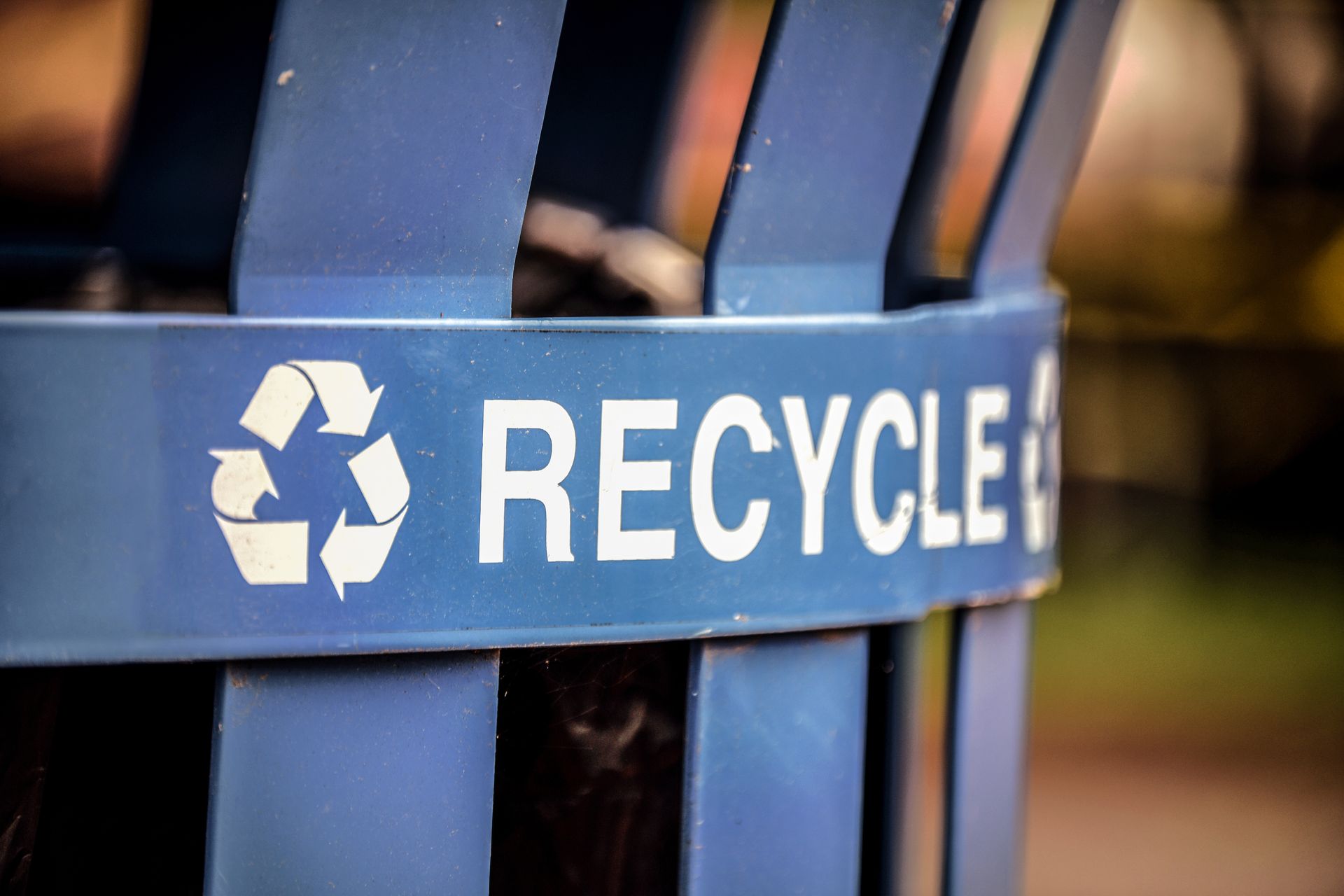



Knowledge Center




Knowledge Center


Subscribe to get updates.
DIVERSYS
LINKS

